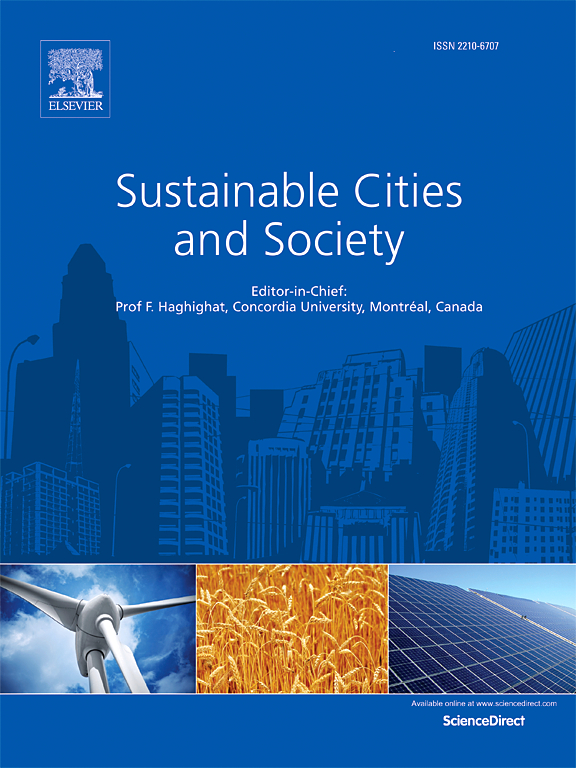Recent progress in optimization of RANS turbulence models for accurate urban airflow and contaminant dispersion simulations
IF 10.5
1区 工程技术
Q1 CONSTRUCTION & BUILDING TECHNOLOGY
引用次数: 0
Abstract
Modeling urban airflow and contaminant dispersion is critical for maintaining a healthy and safe outdoor environment. Reynolds-Averaged Navier-Stokes (RANS) turbulence models, while computationally efficient, often lack accuracy, limiting the reliability of airflow and pollutant dispersion predictions. This literature review explores the latest optimization techniques for improving RANS model accuracy in urban airflow and contaminant dispersion simulations. The paper discusses the challenges with traditional RANS models, including uncertainties in the model structure, parameters, and dispersion sub-models. It also reviews recent optimization strategies, such as machine learning methods, surrogate models, hybrid approaches, and Physics-informed neural networks (PINNs). Through case studies and applications, the paper assesses the effectiveness of these techniques and highlights future research directions. By synthesizing existing research, this review offers insights into optimizing RANS models and enhancing urban environmental modeling.
求助全文
约1分钟内获得全文
求助全文
来源期刊

Sustainable Cities and Society
Social Sciences-Geography, Planning and Development
CiteScore
22.00
自引率
13.70%
发文量
810
审稿时长
27 days
期刊介绍:
Sustainable Cities and Society (SCS) is an international journal that focuses on fundamental and applied research to promote environmentally sustainable and socially resilient cities. The journal welcomes cross-cutting, multi-disciplinary research in various areas, including:
1. Smart cities and resilient environments;
2. Alternative/clean energy sources, energy distribution, distributed energy generation, and energy demand reduction/management;
3. Monitoring and improving air quality in built environment and cities (e.g., healthy built environment and air quality management);
4. Energy efficient, low/zero carbon, and green buildings/communities;
5. Climate change mitigation and adaptation in urban environments;
6. Green infrastructure and BMPs;
7. Environmental Footprint accounting and management;
8. Urban agriculture and forestry;
9. ICT, smart grid and intelligent infrastructure;
10. Urban design/planning, regulations, legislation, certification, economics, and policy;
11. Social aspects, impacts and resiliency of cities;
12. Behavior monitoring, analysis and change within urban communities;
13. Health monitoring and improvement;
14. Nexus issues related to sustainable cities and societies;
15. Smart city governance;
16. Decision Support Systems for trade-off and uncertainty analysis for improved management of cities and society;
17. Big data, machine learning, and artificial intelligence applications and case studies;
18. Critical infrastructure protection, including security, privacy, forensics, and reliability issues of cyber-physical systems.
19. Water footprint reduction and urban water distribution, harvesting, treatment, reuse and management;
20. Waste reduction and recycling;
21. Wastewater collection, treatment and recycling;
22. Smart, clean and healthy transportation systems and infrastructure;
 求助内容:
求助内容: 应助结果提醒方式:
应助结果提醒方式:


